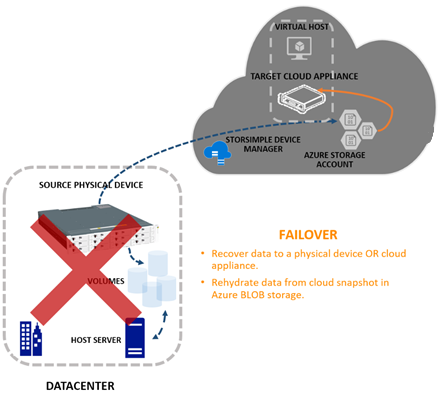Low-Cost Rate Limiting for Azure Functions APIs with API Management’s Consumption Tier
Azure Functions can be used as a lightweight platform for building APIs. They support a number of helpful features for API developers including custom routes and a variety of output bindings that can implement complex business rules. They also have a consumption-based pricing model, which provides a low-cost, pay-per-use pricing model while you have low levels of traffic, but can scale or burst for higher levels of demand.
The Azure Functions platform also provides Azure Functions Proxies, which gives another set of features to further extend APIs built on top of Azure Functions.… [Keep reading] “Low-Cost Rate Limiting for Azure Functions APIs with API Management’s Consumption Tier”

 The target device for a failover could be a physical device or even a cloud appliance. The target device may be located in the same or a different geographical location than the source device.…
The target device for a failover could be a physical device or even a cloud appliance. The target device may be located in the same or a different geographical location than the source device.…